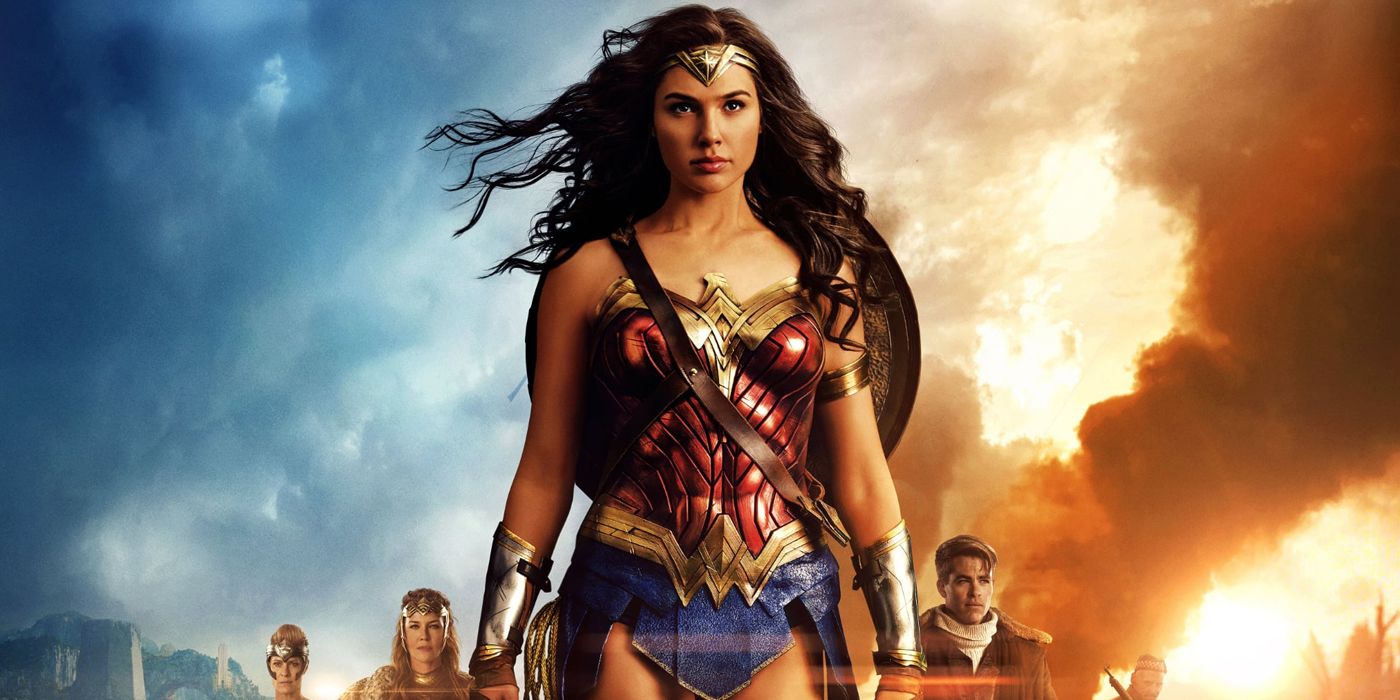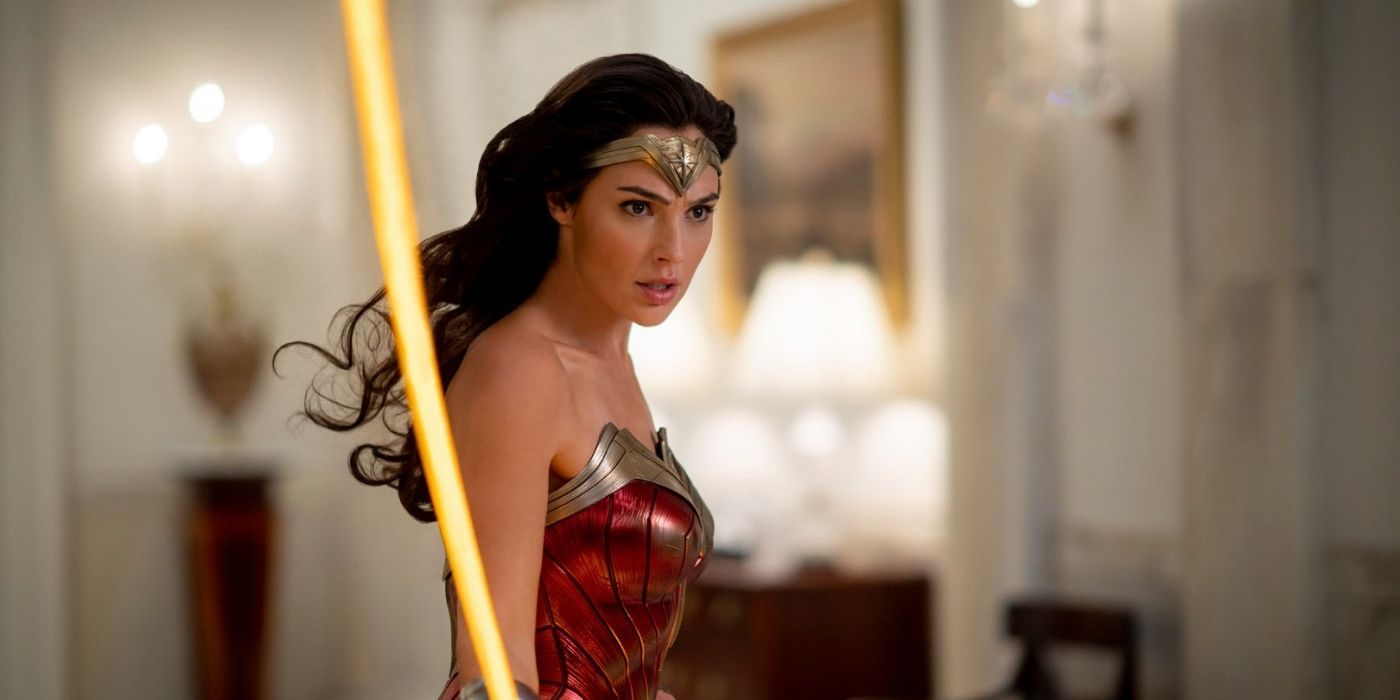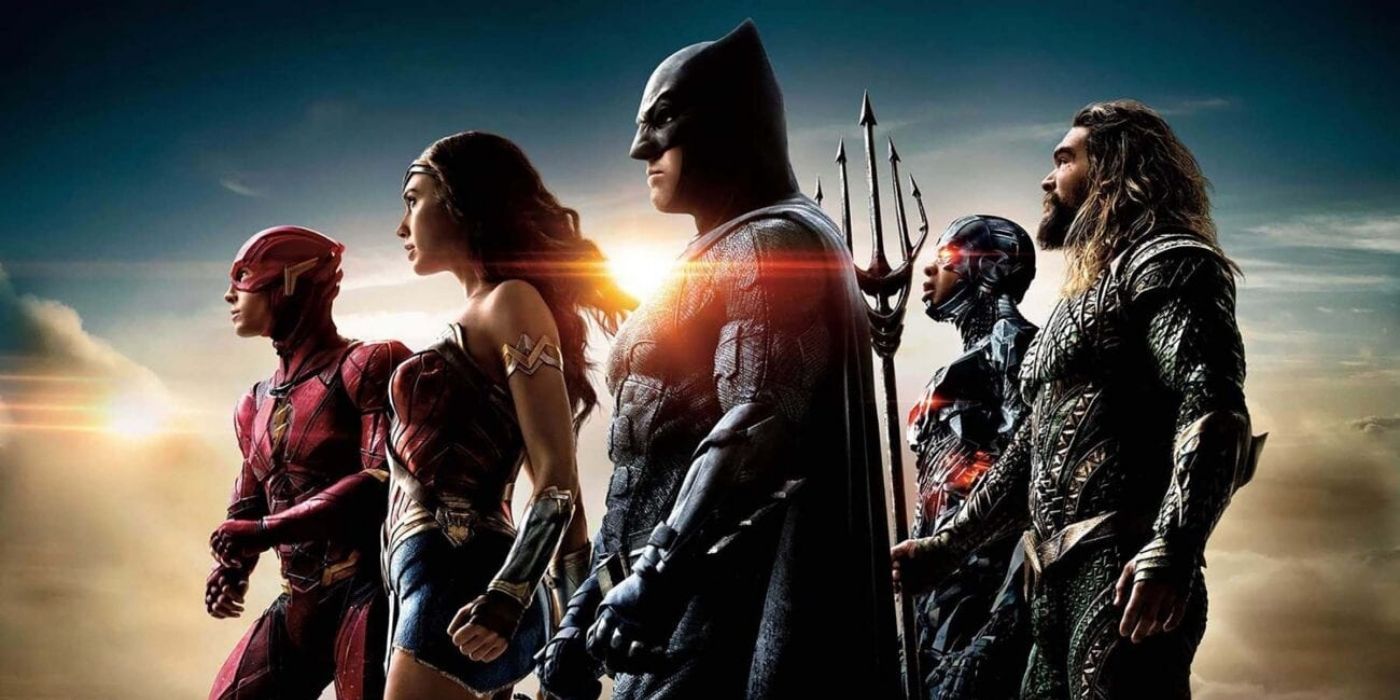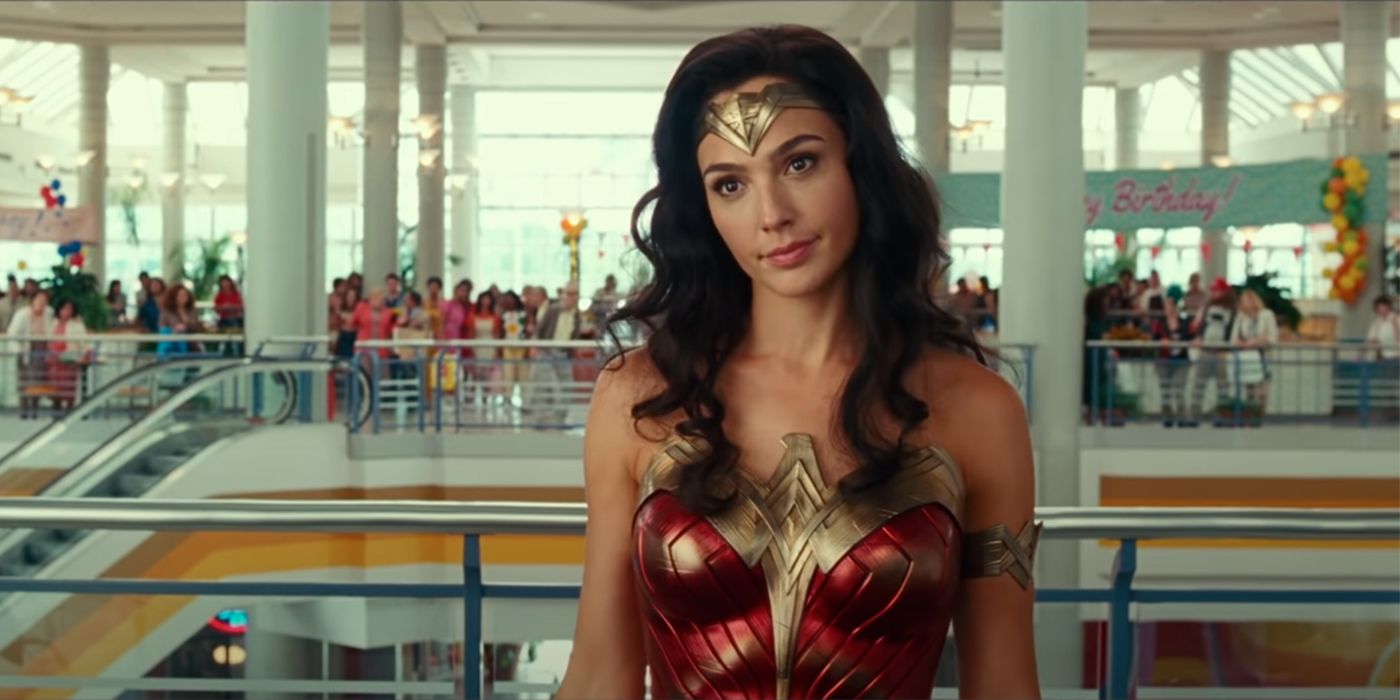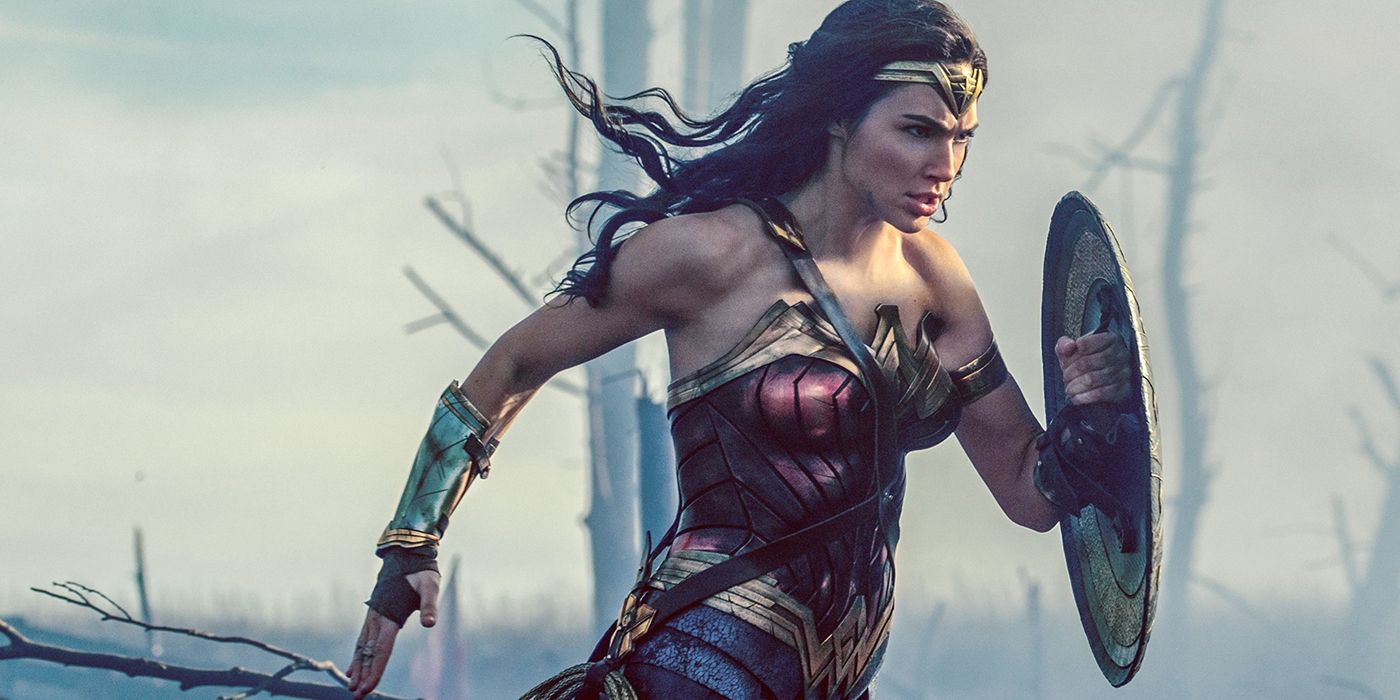As part of the DC Extended Universe, Wonder Woman has definitely earned her spot as one of DC’s most iconic superheroes. The first film in the franchise was hailed as a cultural phenomenon, with images of the sword-wielding Gal Gadot appearing everywhere - from billboards to lunchboxes that children carried to school. While she was already a popular character courtesy the comics, the cultural impact of the DCEU version was equally important as it was a continuing symbol of female empowerment.
In her journey so far, Wonder Woman has gone back in time to 1918 and then to 1984, and continues to fight evil forces in the present. Both movies in the Wonder Woman franchise received very different reactions from fans and it seems like they are done seeing Diana Prince in a world overshadowed by war. In order to keep the momentum going, Jenkins should consider blasting the fan-favorite hero into the future for the next installment and perhaps have her struggle with a world overrun by droids.
When 2017’s Wonder Woman released, director Jenkins had revealed in multiple interviews how she had to battle with Warner Bros. to be able to get approval for her vision for Diana. She wanted the Amazonian to be a warm-hearted individual who could kick some serious butt when the need arose. She first pitched the idea of a film for the character back in 2007, but it wasn’t until a decade later that the studio finally green-lit her project. Of course, by then the studio executives had also changed.
The final product was worth the wait as Wonder Woman ended up being one of the most successful DCEU films. Fans absolutely loved how the hero was portrayed in the movie and the fact that the focus was never on her gender, but rather on her skills, power, and loyalty towards her own family. She was quite ferocious when fighting the bad guys, and lived with the purpose to protect the world from injustice.
Before the film was released, though, fans had already seen Wonder Woman in action as part of 2016’s Batman v Superman: Dawn of Justice. It set the tone for future DCEU films and had an epic introduction for the Amazonian princess, who is one of the most beloved DC heroes in the comics as well. However, not long after Wonder Woman graced the big screens, Joss Whedon’s version of Justice League released and cast Diana as an object of sexualization.
The focus suddenly switched from her super strength to the fact that she was the only female member of the Justice League. Comments, jokes, and scenes were specifically added to the film that would set Wonder Woman apart from the rest of the heroes, who all happened to be male. All the work that Jenkins had done in bringing a beloved hero from the comics to the films seemed to have been lost. The studio interference that she had overcome had finally won.
It would be easy for fans to blame studio interference for how disappointing Wonder Woman 1984 turned out to be. But, in this case, it doesn’t seem right to do that either. After Whedon’s departure from the DCEU, Jenkins was to return for the Wonder Woman sequel, and this time around, she claimed to have the full support of the studio. Despite that, the sequel failed to match its predecessor, and received negative reviews from DC fans and critics alike. Though it turned out to be a great success for HBO Max’s streaming service, it failed to meet the level of expectations set by viewers.
Many believed this was because the film was set in the 1980s. For the sequel, Jenkins revealed that she chose to set it in that time because she wanted a “visually enjoyable” experience for the viewers, especially considering the serious message that film was meant to deliver (but also failed at doing). She wanted the brave warrior princess to be able to inspire the viewers to protect the world they live in, while maintaining the fun and colorful atmosphere from the 80s.
However, what the film failed to achieve is the gravitas of its predecessor. The ‘No Man’s Land’ sequence from Wonder Woman is one of the most memorable scenes in the DCEU so far. The three-minute-long segment was not just visually pleasing, but also worked well with the time period of World War I that the film followed. That scene is the perfect reflection of Diana’s journey of becoming the true hero that she is meant to be. It set the bar too high and was definitely a tough act to follow, and apart from being colorful, the action sequences in the 80s-themed Wonder Woman 1984 come nowhere close. The mention of the Cold War in the movie also seems entirely unnecessary.
Having explored a time when the world faced two different wars in both films, perhaps it’s time to shake things up a little for the third installment in the Wonder Woman franchise. The formula might have worked the first time around, but the second film was nothing but a disappointment. Fans have already seen what Diana is capable of, and having her face a completely new threat seems like the best way forward. It is the 21st Century after all, and the beloved Wonder Woman seems like an apt choice for a war against technology.
There are enough conspiracy theories about artificial intelligence taking over the world. Several sci-fi films have used this as a running theme for their success wherein some form of AI somehow becomes the dominant form of intelligence, defeating humans at their own game. It then takes over the planet, leading to mass destruction and chaos. Imagine Wonder Woman swooping into such a scenario and saving the planet from yet another threat while wielding her Bracelets of Submission and the Lasso of Truth. Who wouldn’t want to watch such a film?

